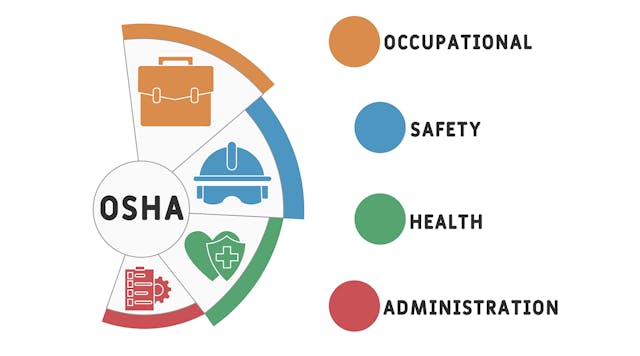With the continuing demand to include ESG as part of a company's DNA, an article on JD Supra by Steven Andersen offers advice on how to set up an ESG program.
Identify Risks and Opportunities
“Risk” and “opportunity” are inherently subjective terms, and like ESG itself, mean different things to different organizations. Here, we’ll rely on the definitions of “risks” and “opportunities” given in ISO 45001, the global standard for occupational health and safety (OHS) management systems.
“Risks” basically represent a potential for something bad to happen, combined with the severity of the outcome if it happens. “Opportunities” are ways we can further improve our performance. We need to maintain a broad scope when identifying operational risks to consider not only safety and environmental risks but also financial, societal, and reputational risks as well. Simultaneously, we should also be proactive in pursuit of opportunities for improvement.
While risks and opportunities can often seem subjective, we need to establish objective methods and systems to document, quantify, and prioritize those risks and opportunities so we can determine where to focus ESG program resources, as well as communicate risks and opportunities to stakeholders and demonstrate the specific actions you’re taking to address them.
Build the Business Case
This is something you may need to do to persuade stakeholders to follow an ESG approach in general, as well as to build support for individual ESG-related projects, such as an energy reduction project. There is a growing volume of data showing that ESG approaches pay off — quite literally. For example, a Harvard Law School study found that businesses with higher ESG maturity not only are more profitable but have less volatility in economic performance.
Recognizing this reality, ESG performance is an increasingly vital consideration for the investor community, with investment trends shifting dramatically toward businesses with robust ESG programs with participation in ESG reporting frameworks. By November 2021, investment in ESG-focused funds grew to a record $649 billion worldwide, up from $542 billion in 2020 and $285 billion in 2019. ESG-focused investment funds now account for 10% of worldwide fund assets.
In addition to attracting investment, one of the hallmarks of today’s workforce (especially among the rising proportion of Millennial and Gen Z workers) is an increasing desire to work for organizations that are responsible corporate citizens. A well-established ESG program can be an invaluable asset for attracting and maintaining the highest talent and nurturing the value of your human capital.
To read the full article click here.










































































